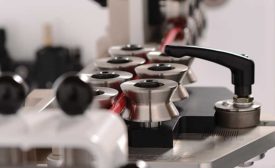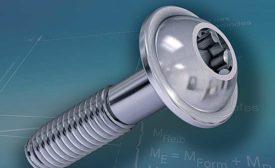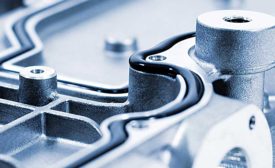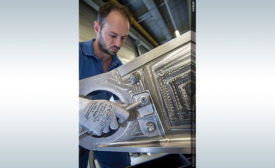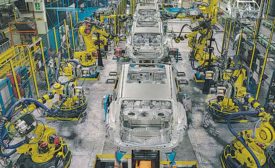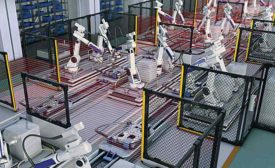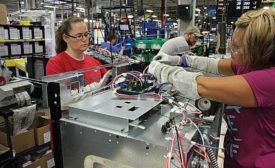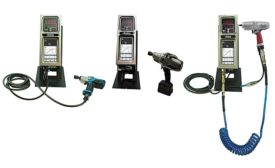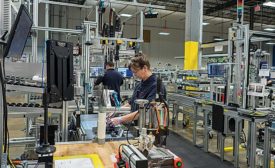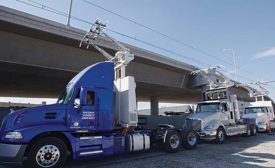Featured on Home Page
Lasers, wireless communication and other features optimize the performance of today’s wire cutting and stripping machines
Read More
Screwdriving for Sheet Metal Assembly
High-strength alloys and ever-thinner gauges are complicating the process of fastening sheet metal assemblies
July 10, 2018
Troubleshooting the Dispensing Process
Advanced machines help manufacturers flawlessly and consistently dispense a wide range of materials
July 6, 2018
Assembling 3D Printed Parts
Engineers don’t need to rethink traditional joining techniques
July 5, 2018
Lightweighting Is Top Priority for Automotive Industry
Lightweighting is the No. 1 challenge facing automotive engineers today
June 7, 2018
Technologies for Automated Machine Safety
Several technologies ensure that automated machines meet ANSI, ISO, ISA and OSHA safety standards
June 6, 2018
3D Printing Holds Potential for White Goods
Additive manufacturing is slowly catching on in the appliance industry
June 5, 2018
What’s New With DC Electric Tools
DC electric fastening tools improve error proofing, quality control and flexibility
June 4, 2018
Precise Parts Positioning Can Help Improve Throughput
Flow racks, kitting and pick-to-light systems can help reduce errors
May 10, 2018
Never miss the latest news and trends driving the manufacturing industry
Stay in the know on the latest assembly trends.
JOIN TODAY!Copyright ©2024. All Rights Reserved BNP Media.
Design, CMS, Hosting & Web Development :: ePublishing
